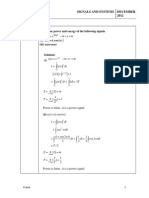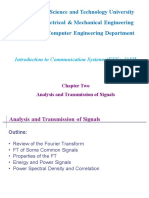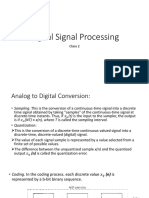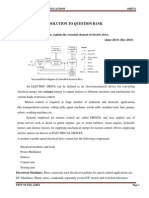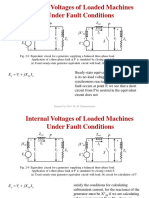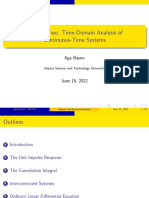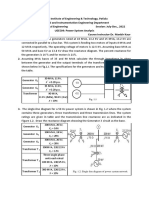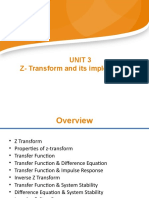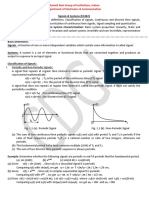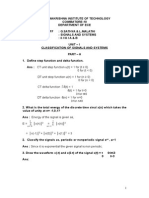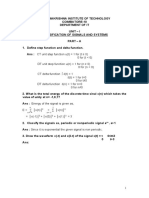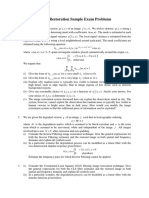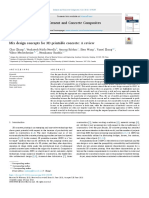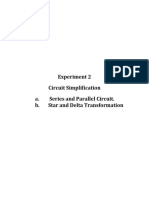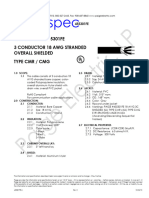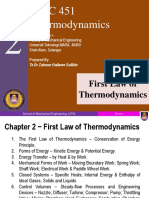0% found this document useful (0 votes)
622 views75 pagesSignals Module 1
1. The document defines signals and systems. A signal conveys information about a physical phenomenon while a system manipulates signals to produce output signals.
2. Signals are classified as continuous-time or discrete-time, even or odd, periodic or non-periodic, power or energy, and deterministic or random. Continuous signals are defined for all time values while discrete signals are defined at discrete time instants. Even and odd signals satisfy certain properties when the time variable is negated.
3. Any signal can be decomposed into even and odd components. Formulas are provided to calculate the even and odd parts of a given signal. Examples are included to demonstrate decomposing signals into their even and odd parts.
Uploaded by
Digitalized 2001Copyright
© © All Rights Reserved
We take content rights seriously. If you suspect this is your content, claim it here.
Available Formats
Download as PDF, TXT or read online on Scribd
0% found this document useful (0 votes)
622 views75 pagesSignals Module 1
1. The document defines signals and systems. A signal conveys information about a physical phenomenon while a system manipulates signals to produce output signals.
2. Signals are classified as continuous-time or discrete-time, even or odd, periodic or non-periodic, power or energy, and deterministic or random. Continuous signals are defined for all time values while discrete signals are defined at discrete time instants. Even and odd signals satisfy certain properties when the time variable is negated.
3. Any signal can be decomposed into even and odd components. Formulas are provided to calculate the even and odd parts of a given signal. Examples are included to demonstrate decomposing signals into their even and odd parts.
Uploaded by
Digitalized 2001Copyright
© © All Rights Reserved
We take content rights seriously. If you suspect this is your content, claim it here.
Available Formats
Download as PDF, TXT or read online on Scribd
/ 75




